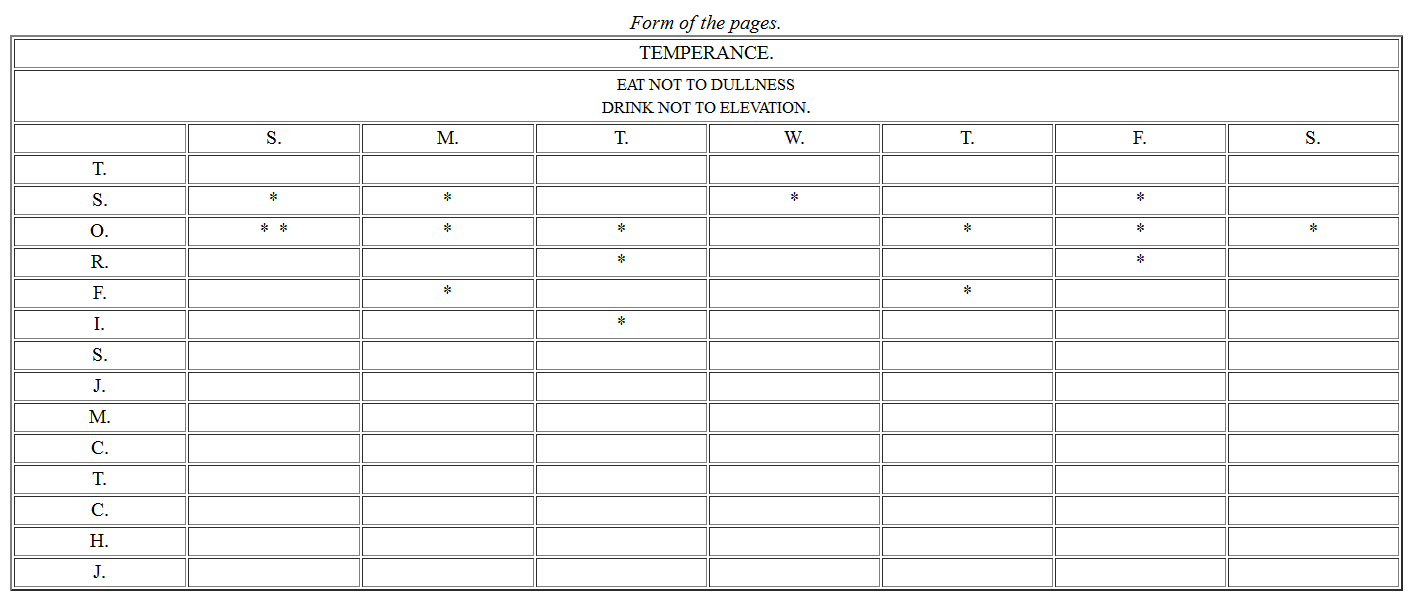Well, I’ve decided to read some older books – following the same vein as Ben Franklin’s Autobiograph (1793) – and looked up some more of the “popular” books on gutenberg.org. This lead me to “How to Analyze People on Site – Through the Science of Human Analysis” (1921) and “The Gentleman’s Book of Etiquette and Manual of Politeness – A Complete Guide for a Gentleman’s Conduct in All his Relations Towards Society” (1860) both of which were not particularly good.
“How to Analyze People on Site” was a complete waste of time, as it’s entirely pseudo-science and makes comments about studies performed but no actual data or reliable information. I continued reading primarily because I don’t like leaving books unfinished and secondly because the style of writing and language used was enough to keep my interested. The whole book is based on the theory that people can be divided into 5 basic categories: alimentives (excessive people – fat people), thoracics (thrillers – people with high/large rib cages), muscular (workers – muscular people), osseus (stubborn people – very bony), and cerebrals (thinkers – disproportionately large heads). I’m simplifying the descriptions a bit. It then goes into various characteristics (both physical and mental) of each type and then suggests that these labels can then be used to judge how people will behave based on physical appearance alone. The authors make the concession that most people aren’t going to be purely one type (people are more complicated) but holds pretty strongly to its thesis that personalities and habits can be correlated directly with physical appearance. It also has advice considering the kind of social relationships, monetary success, etc. that will or won’t work out based on type – which was mildly entertaining. While I don’t recommend this book, as it doesn’t provide much in the way of useful information, it does provide a bunch of stereotypes for people which were a little fun to read due to their absurdity. I found it particularly entertaining that as I was reading the mental descriptions of each type I could relate to each one. It might be interesting to find somebody else who has read this book and inquire about which type they believe I should be classified as.
The Gentleman’s Book of Etiquette was interesting at first. Mainly because of the novelty of reading a book about etiquette and some customs that have long run their course. However, there were large sections that were needlessly repetitive which detracted heavily from the overall reading experience. In addition, the author was overly fond of quoting long passages from Lord Chesterfields works on etiquette which makes me question why I should read this man’s work as opposed to Chesterfield’s. I definitely don’t recommend this book to anyone unless they’re interested in reading a bit about how different social interactions were in the mid to upper classes of society in the mid 1800s.
